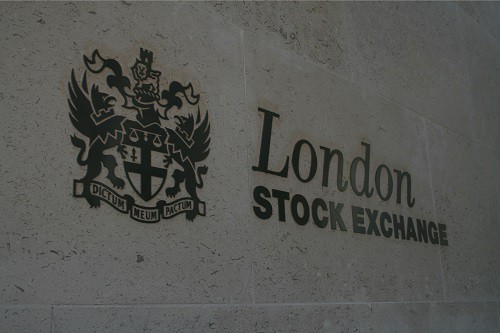Market experts have raised concerns over the future of CurveGlobal, the London Stock Exchange Group’s (LSEG) new interest rate derivatives venture, if a proposed merger with Deutsche Boerse goes ahead.
The LSE announced the launch of Curve in October last year with the backing of some of the world’s largest swap dealers including JP Morgan, Goldman Sachs and Barclays.
Speaking to The TRADE Derivatives, one source with knowledge of the matter believes the LSE’s incoming derivatives venture, Curve, will most likely be abandoned if the merger with Deutsche Boerse is completed.
“Since LSEG took over LCH.Clearnet, the question has been can they offset the 90% of interest rates swaps around the globe that are all cleared at LCH, and the Bund, Bobl and Schatz market is one of the obvious candidates,” the source said.
“The approach for them to do that has been a three-way approach: one is the strongest push is for open access; second was to set up CurveGlobal – which is presumably going to be dead in the water if the merger comes off because they won’t need it as they would have acquired liquidity through the merger; and the third option is a merger.”
LSE plans to offer short-term interest rate futures trading in Euribor and Short Sterling, and long-term interest rate futures trading in Bund, Bobl, Shatz and Gilts.
It hired former Andrew Ross, Morgan Stanley’s former European clearing head, to lead the venture, which is set to go live in the second quarter of this year.
However, if the merger goes ahead, doubts have been raised whether banks will need Curve to lower exchange fees.
“Curve is a play by the banks to try and reduce derivatives exchange fees much like MiFID I did for equities, in addition to the margin efficiencies, and the LSE partnered because it gave them a chance to try and get into derivatives,” said Hirander Misra, CEO, GMEX.
“The LSE will now not have that need, albeit given the banks are also the largest customers of both exchanges, I am sure there will be some interesting dialogues between the two exchanges and the banks to try and ascertain what, if anything, the Curve play becomes.”
Last week, the LSE released a statement providing further details on the merger talks in which it said: “All key businesses of LSE and Deutsche Boerse would continue to operate under their current brand names. The existing regulatory framework of all regulated entities within the Combined Group would remain unchanged, subject to customary and final regulatory approvals.”
One way Curve could stay in play is if it goes down the route of becoming an organised trading facility (OTF) under MiFID II, Misra added.
“There is still an opportunity to strategically align with the banks and counter ICE, in addition to plenty of opportunities to set up OTF-type structures to optimise derivatives execution, notably block trading. not to mention the right structure on clearing between the two clearing houses, which could lead to a great deal of margin efficiencies,” he said.
In addition to CurveGlobal, the talks have also led to questions over the stance amongst the two exchange groups towards ‘open access’ of clearing houses, set out in MiFID II.
“It makes the non-discriminatory access provisions of MiFIR a dead matter, because the LSEG were the only ones pushing it in any meaningful way so they could get access to Europe’s futures business,” the source added.
“If the merger comes off the main opportunity that were [previously] out there for [open] access are probably done now. So I don’t know what meaningful ways are out there once you put these two institutions together.”
